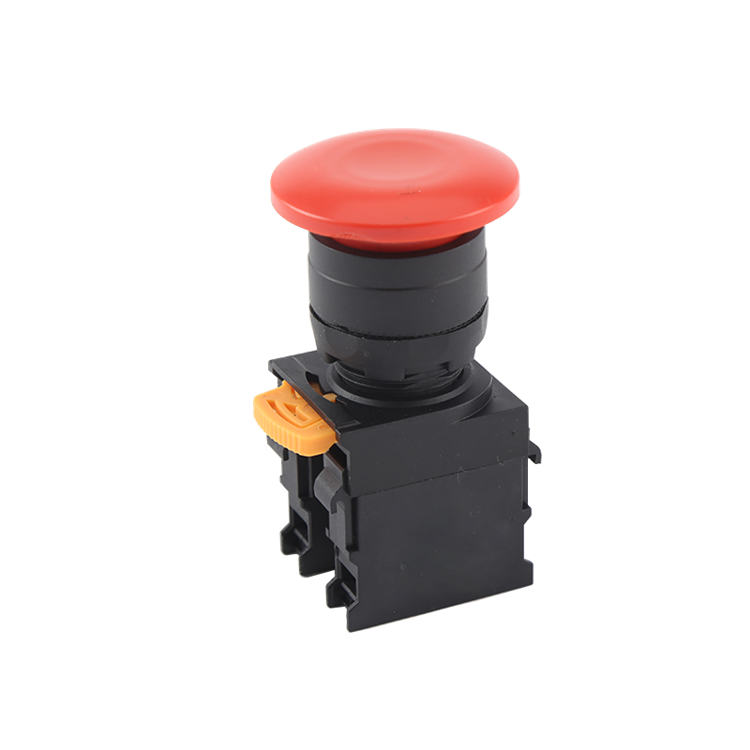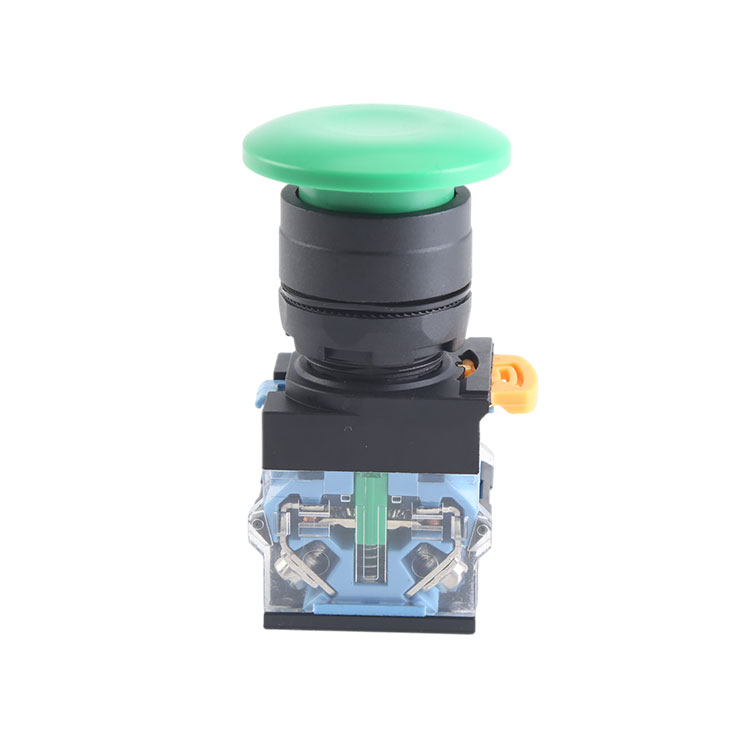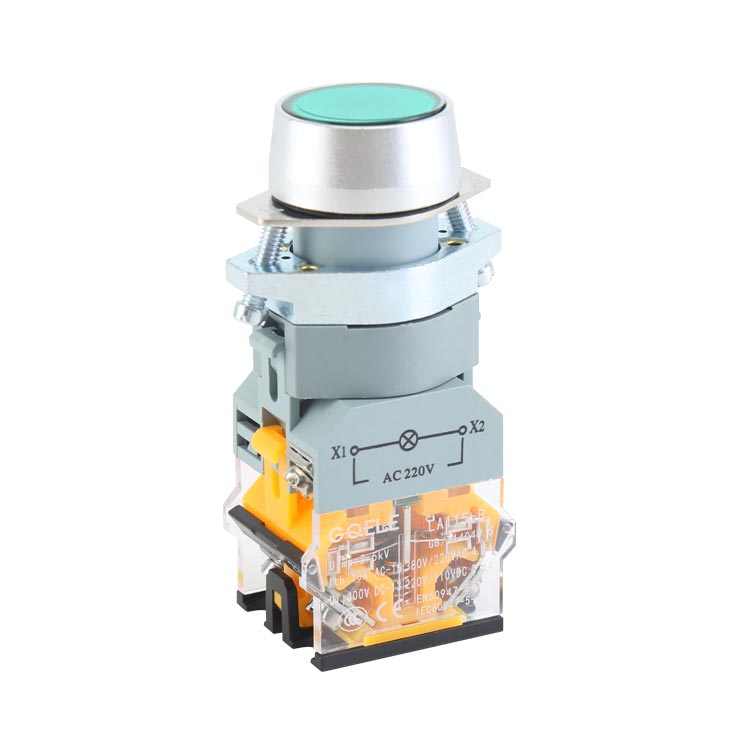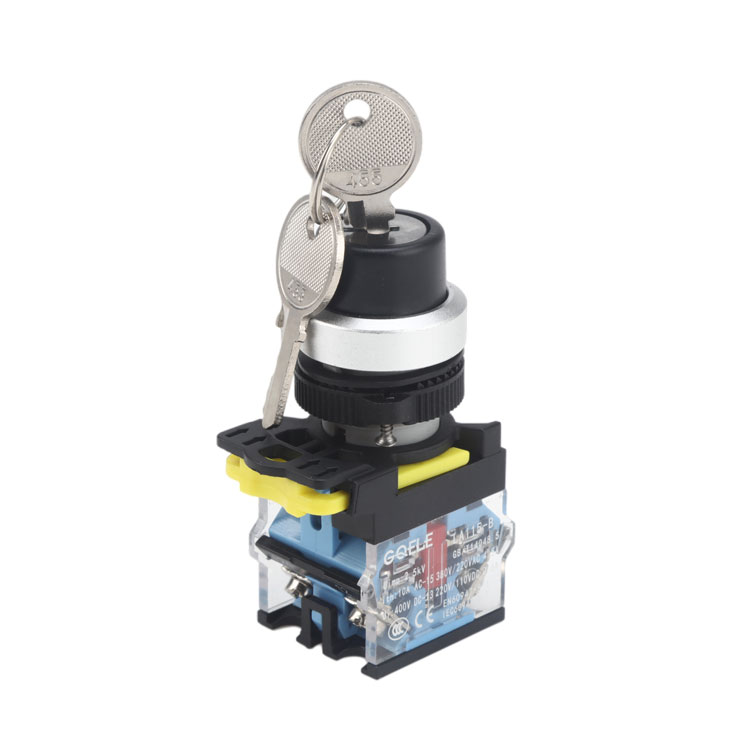
GXB2-BL41 High Quality 1NO Momentary Extended Push Button With Red Round Shape Head And Spring Return

GOB2-64

GXB2-ER60 Φ60 Yellow&Black Emergency Stop Push Button Warning Emergency Stop Sign

LA115-A5-11BD 1NO+1NC High Quality Momentary & Illuminated Flush Push Button With Round Green Head And Symbol

LA115-B5-11E 1NO&1NC Φ30 Momentary Flush Push Button With Round Green Head And Without Light

GXB4-ET45 High Quality 1NO & 1NC Emergency Stop Push Button Switch With Mushroom Shape Head And Pull Release Action
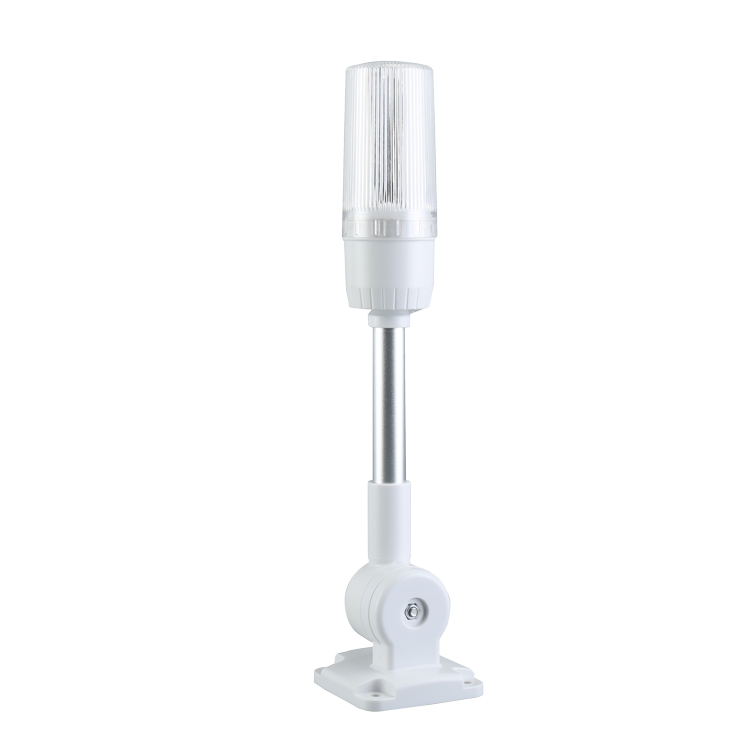
12V 24V CNC Milling Machine Tool Warning LED Signal Tower Lights with Buzzer AL502-RGYM-23Z2

LA115-B2-11X High Quality 1NO+1NC Maintained 2-Position Selector Push Button Switch With Short Handle And Without Light.
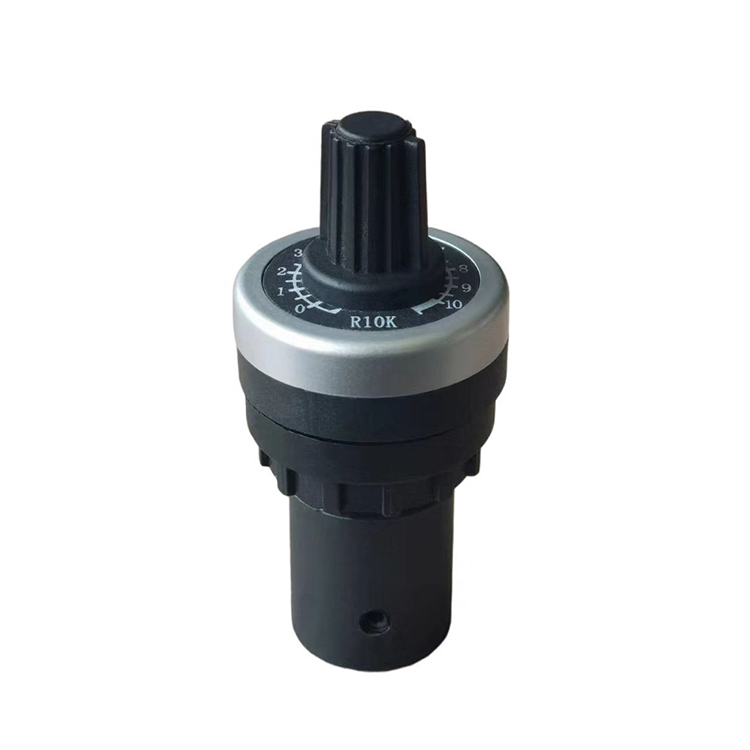
linear Potentiometer AD116-22PM

GOB-6A-GW

GXB2-EW82 Green & Red Double Control Flush Push Button Head With Illumination And Symbols

LA115-22FF Black Circle Plastic Fastening Ring (Anti Loosening)




